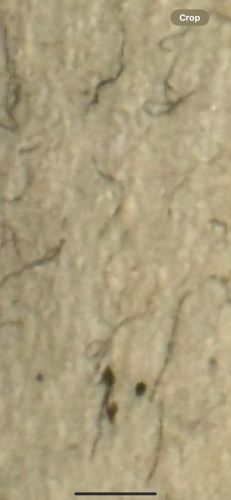Household Casebearer
Scientific Name: Phereoeca uterella
Order & Family: Lepidoptera (moths), Tineidae (clothes moths and their relatives)
Size: Larvae are typically 10-15 mm long. Adult moths have a wingspan of about 10-14 mm.

Natural Habitat
Commonly found indoors in undisturbed areas such as closets, attics, basements, or garages. They prefer dark, humid environments but can adapt to various indoor conditions. Rarely found outdoors.
Diet & Feeding
Larvae feed on a variety of materials including wool, felt, furs, silk, hair, lint, and sometimes on spiderwebs, old insect specimens, and other organic debris. They are known to graze on molds and fungi if available.
Behavior Patterns
Larvae develop in cases made of silk and debris, which they carry for protection. The cases are often very small and blend in with their surroundings. Adults are typically nocturnal and attracted to light. Larvae move slowly, dragging their cases along surfaces.
Risks & Benefits
Potential risks include damage to clothing, carpets, upholstery, and other fabric items. They are considered a minor household pest. No known benefits, as they are primarily associated with destructive indoor feeding.
Identified on: 9/4/2025